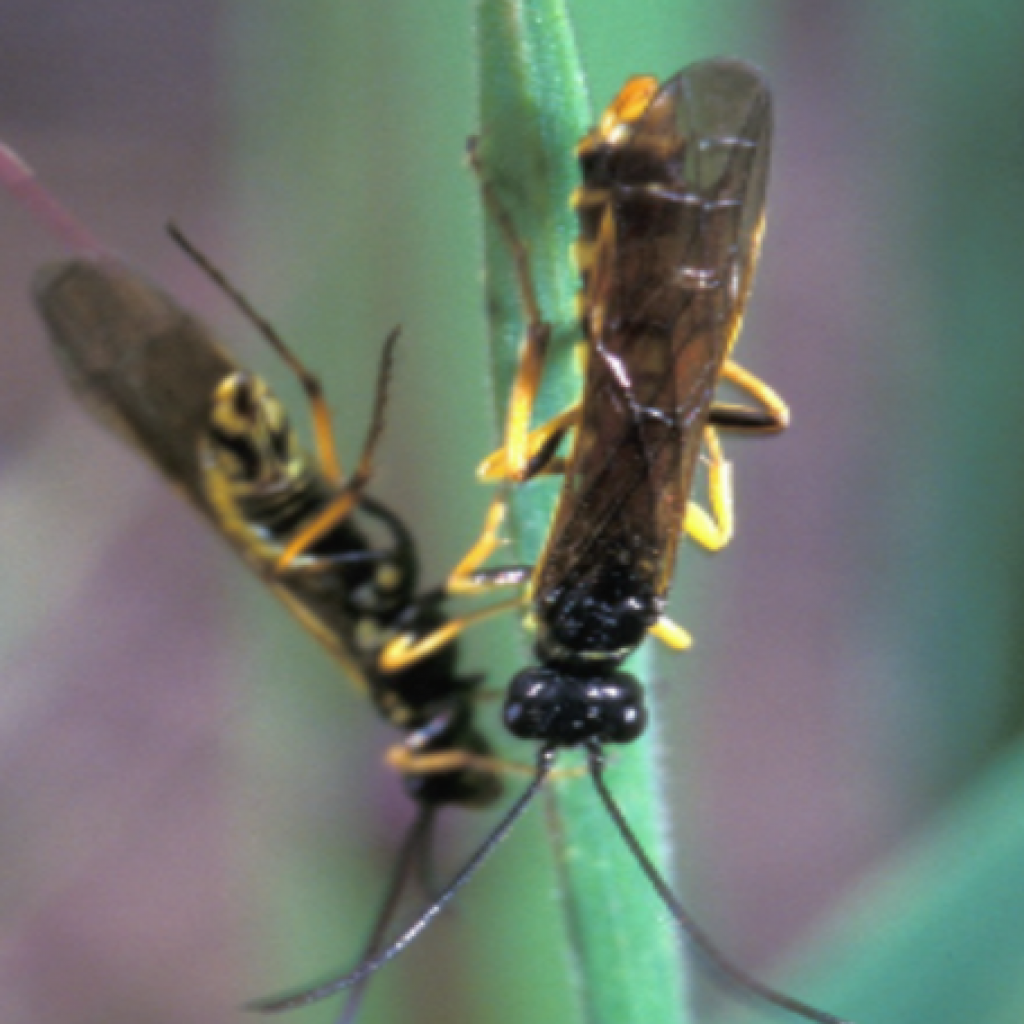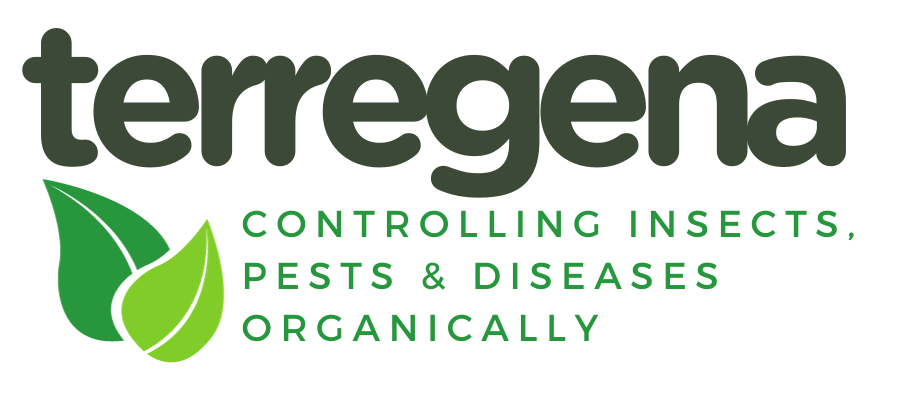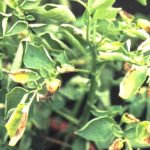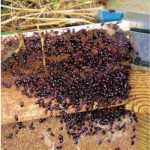Reduce Sawfly Damage
The Solution to Winter Wheat Sawfly Damage – SBb 2.5 & SPE 120
Beauveria Bassiana (Bb) is a biological seed inoculant that helps protect winter wheat from damage by sawflies and their larvae. SBb-2.5 (conventional) and SPE-120 (organic) contain Beauveria bassiana and are available from Terregena.com to farmers in the United States and Canada.
Winter wheat and small grain farmers who have used SBb-2.5 and SPE-120 have reported excellent results in terms of sawfly control. In fact, many farmers have been so pleased with the results that they have switched to using (Bb) products exclusively for sawfly control.
SAWFLIES AND THE IMPACT ON WHEAT
Sawflies can have a devastating impact on wheat crops. They are particularly troublesome in the US and Canada, where they are one of the most common insect pests affecting wheat production. Sawflies feed on the leaves of wheat plants. Moreover, the female sawfly cuts a notch in the stem to lay her eggs, which can cause the plants to become weakened and break. In some cases, sawfly infestations can be fatal to wheat plants.
Sawfly

What is Beauveria bassiana and how can it help reduce sawfly damage?
Beauveria bassiana is a beneficial fungal spore that is a symbiotic endophyte. It is incorporated into the plant and grows inside the plant as the plant grows. Among its many benefits, the Beauveria bassiana is detected by the sawfly and is repelled by it.
SBb and SPE Can Help Protect Wheat Plants Against Sawflies
Our products offer an effective, safe solution for managing insect pests in winter wheat crops. They are easy to apply and provide long-lasting protection against sawflies and other insect pests.
SBb 2.5 and SPE-120 utilize a natural, symbiotic fungus. The fungus lives in the soil, roots, stems, and leaves. Our strains are isolated from plants, for plants. Once plants are inoculated with SBb 2.5/SPE-120, a symbiotic relationship begins immediately as the plant grows, extending colonies throughout the plant, where they remain throughout the season until harvest, benefiting its host.
How to Apply SBb or SPE 120
When applied as a seed treatment, SBb or SPE help to ensure that the Beauveria bassiana is present in the plant from the very beginning. This gives the wheat a better chance of surviving an attack from sawflies or other insect pests.
Direct contact with the seed is preferred to assure plant entry at germination. Applied on, under, or atop of seed allows SBb-2.5 or organic SPE 120 a competitive preference to the initial plant roots where Beauveria bassiana becomes a premier symbiotic endophyte within the plant.
It can also be used as a foliar spray. The foliar application should be made in a minimum of 100 gallons of water per acre with sufficient agitation to maintain a uniform suspension. Be sure to cover all parts of the plant, including the leaves and stems. For best results, apply SBb or SPE 120 at least two weeks before sawfly larvae are expected to hatch in your area.
IN CONCLUSION
Our products are safe and will not harm people or the environment. SBb and SPE are effective ways to protect winter wheat plants against sawfly damage. This biological seed inoculant contains the endophyte Beauveria bassiana, which sawflies don’t like. It serves as a feeding deterrent and repellent and the insect moves away from it. When applied as a seed treatment, SBb 2.5 and SPE 120 can help ensure that your wheat crop survives a sawfly attack.
If you have any questions about SBb and SPE or how they can be used to protect your wheat crop, contact Jim Skinner at jim@terregena.com, or call Jim at 919-609-4564.




